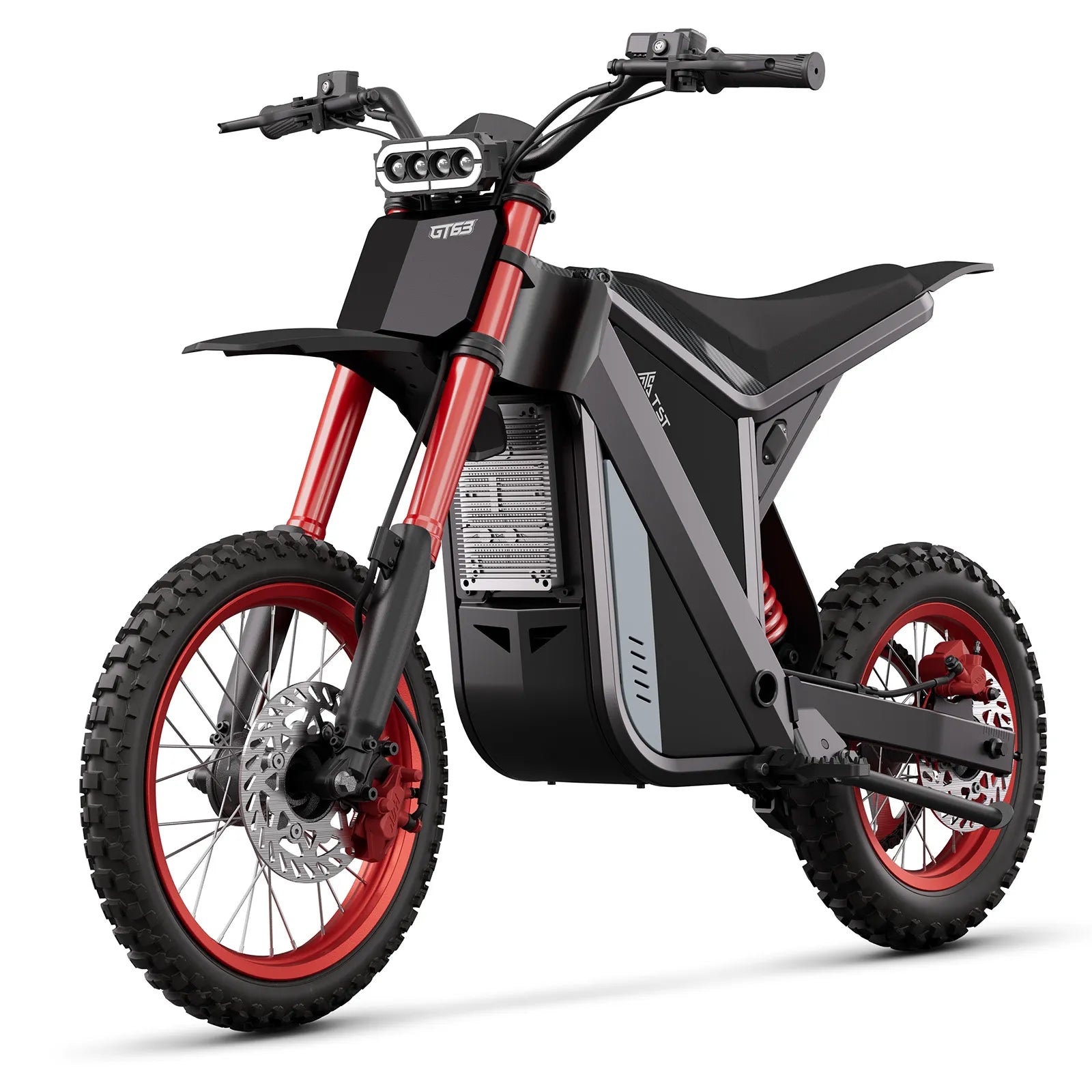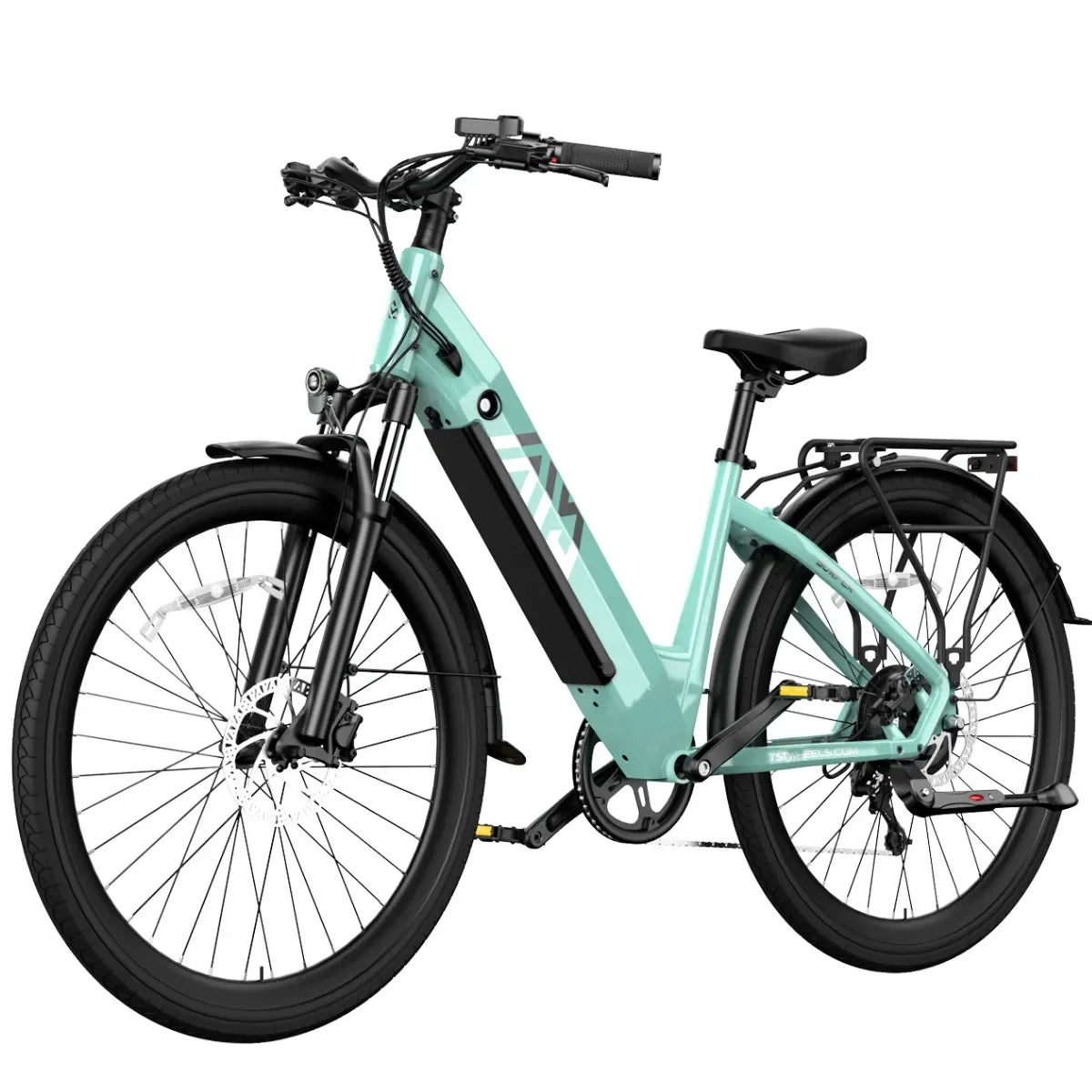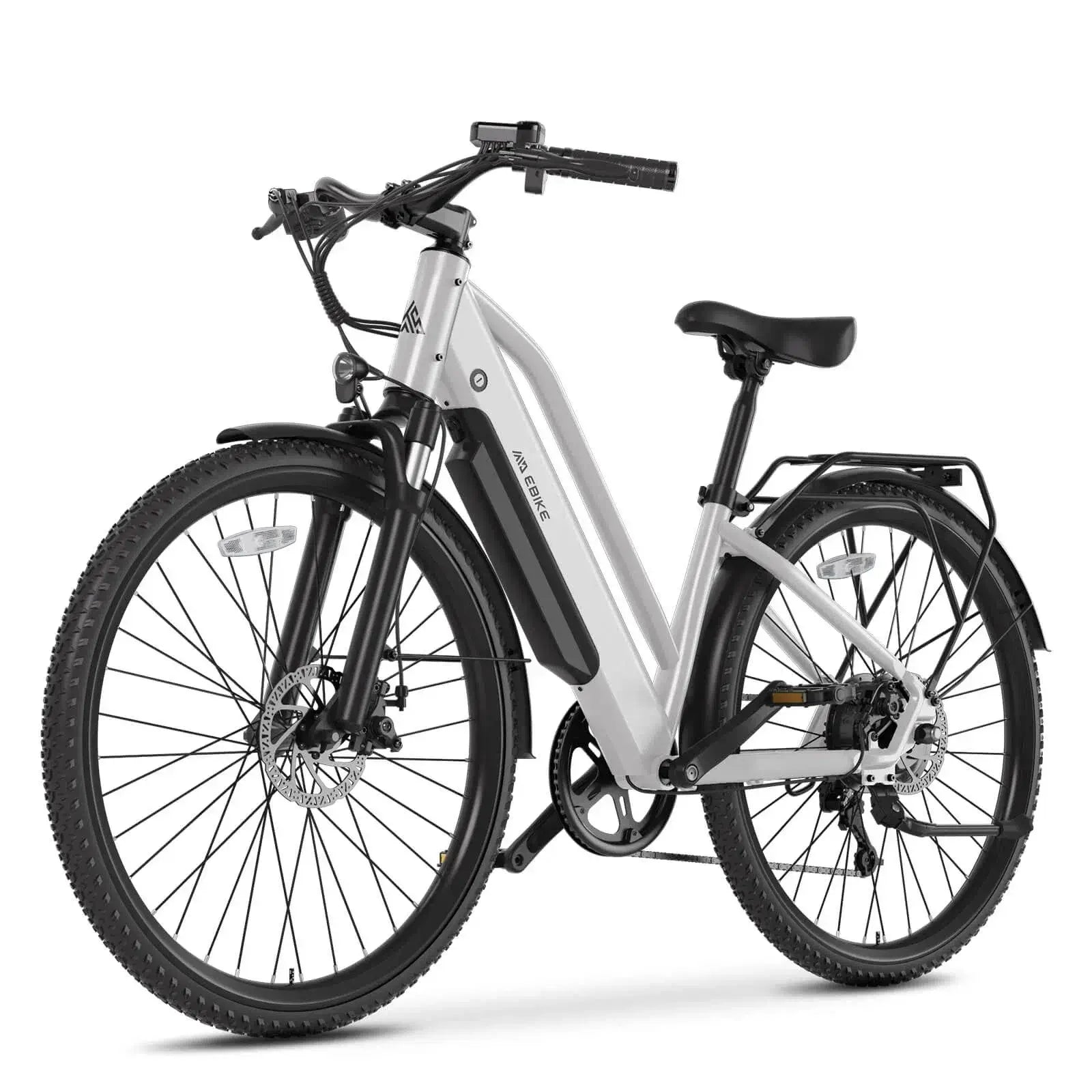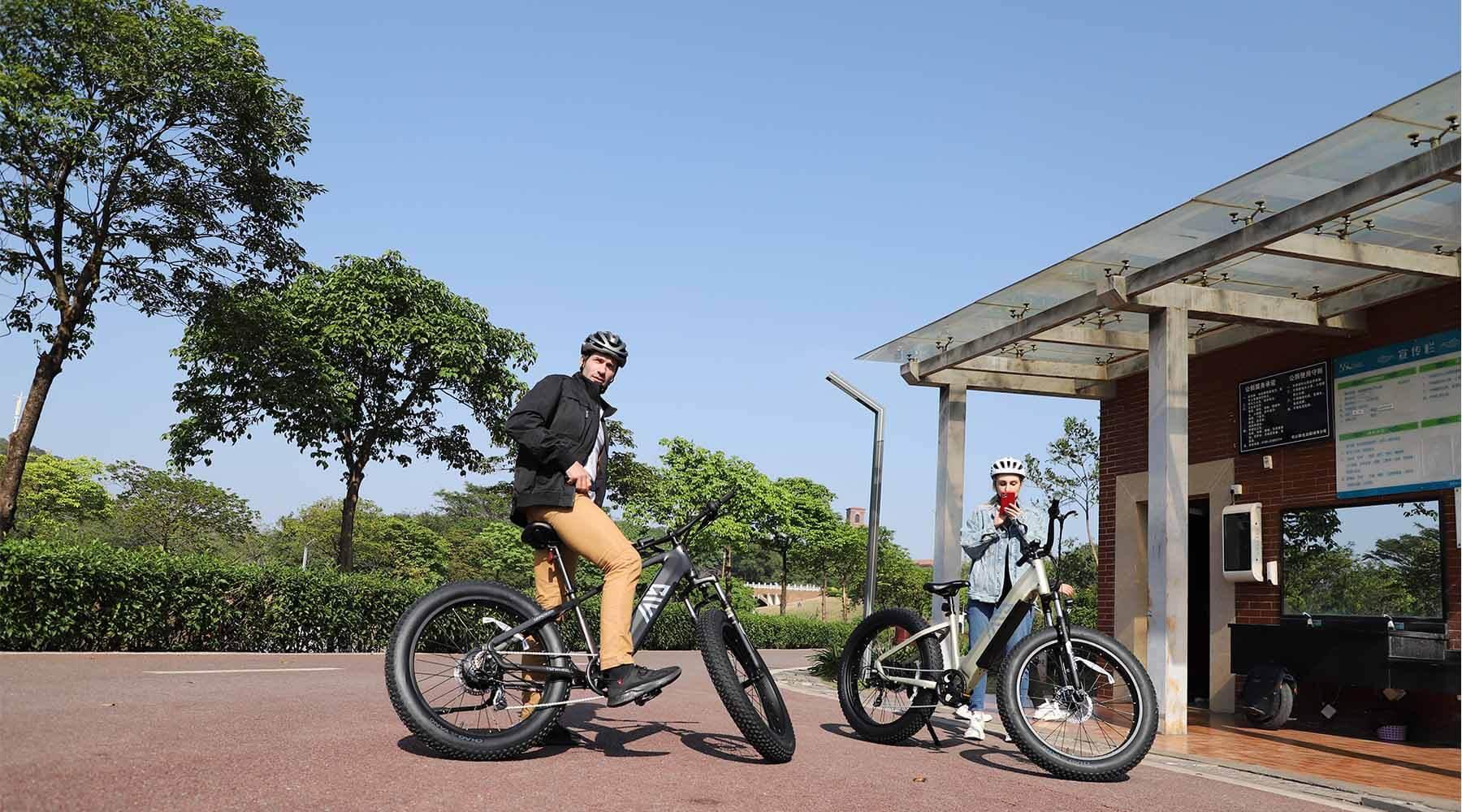Ebike battery fires usually occur due to overheating, physical damage, overcharging, or using incorrect chargers. The most critical time is during charging, especially overnight or unattended. To prevent fires, use manufacturer-approved batteries and chargers, monitor for swelling or unusual heat, avoid extreme temperatures, and store e-bikes in cool, dry locations. Awareness and safe practices are key to preventing hazards.
What Causes Thermal Runaway in Ebike Batteries?
Thermal runaway occurs when one lithium-ion cell overheats, triggering neighboring cells to fail in a chain reaction. This self-sustaining chemical process releases heat and oxygen, rapidly escalating to a fire if not controlled. High temperatures, overcharging, or physical damage can initiate thermal runaway.
Chart title: Common Causes of Thermal Runaway
| Cause | Effect on Battery |
|---|---|
| Overcharging | Excessive heat buildup |
| Physical damage | Short circuits, internal cell failure |
| Extreme temperatures | Stresses cell structure, triggers fire |
| Faulty batteries | Higher likelihood of malfunction |
How Can Physical Damage Lead to Ebike Battery Fires?
Impacts, crushing, or puncturing the battery casing can damage internal cells, causing short circuits and overheating. Even small cracks or dents can compromise safety, increasing the risk of combustion during use or charging.
Why Does Overcharging Increase Fire Risk?
Exceeding the battery’s recommended capacity builds internal pressure and heat, potentially triggering thermal runaway. Using the correct charger and monitoring charge times are essential for preventing overheating and fire hazards.
How Does Improper Charging Cause Hazards?
Using counterfeit or incompatible chargers can supply excessive or incorrect current to the battery. This can damage cells, create hotspots, and increase the likelihood of fire, making certified charging equipment critical.
What Role Do Extreme Temperatures Play in Battery Fires?
Charging or storing batteries in very hot or cold environments stresses the internal chemistry, potentially leading to swelling, leaks, or thermal runaway. Always maintain batteries in cool, dry locations for safe operation.
How Can Faulty or Counterfeit Batteries Increase Fire Risk?
Cheap or uncertified batteries often lack proper internal safety mechanisms, making them prone to overheating, short circuits, and fires. Always purchase batteries from reputable sources to ensure safety and reliability.
How Can You Safely Charge an Ebike Battery?
- Use only certified chargers and batteries from the manufacturer.
- Avoid unattended or overnight charging.
- Charge in a well-ventilated area away from flammable materials.
Chart title: Safe Charging Practices
| Practice | Benefit |
|---|---|
| Certified equipment | Ensures proper current and voltage |
| Supervised charging | Reduces risk of unnoticed overheating |
| Ventilated area | Prevents fire from spreading to surroundings |
How Should Ebikes Be Stored to Prevent Fires?
Store e-bikes in cool, dry places away from direct sunlight, heaters, or freezing conditions. Avoid areas where heat can accumulate or where flammable materials are present. Proper storage extends battery life and reduces fire hazards.
Why Should You Avoid Tampering with Batteries?
Opening or modifying a battery can cause short circuits, release toxic gases, and void manufacturer safety protections. Only trained professionals should handle battery repairs or replacements.
How Can You Ensure Safe Battery Purchases?
Always buy e-bikes and replacement batteries from established, reputable manufacturers. Verify certifications and avoid cheap or uncertified third-party batteries that could increase fire risk.
Buying Tips
When selecting e-bike batteries:
- Always use certified batteries and chargers from the manufacturer.
- Avoid extreme temperatures during storage and charging.
- Inspect regularly for damage, swelling, or unusual heat.
- Choose reputable retailers or manufacturers like TST EBike for quality assurance.
- Follow manufacturer instructions carefully for charging and maintenance.
TST EBike provides high-quality, cost-effective e-bikes with 26-inch models suitable for rough terrains like snow and sand, and 27-inch models for daily commuting or mountain biking, ensuring reliable performance and safety.
TST EBike Expert Views
"Proper battery handling and certified equipment are essential to preventing ebike fires. TST EBike emphasizes quality control, safe charging practices, and durable designs to ensure riders can enjoy the convenience of electric biking with minimal risk."
FAQ
Q: What is the main cause of ebike battery fires?
A: Thermal runaway, often triggered by overheating, overcharging, or physical damage, is the primary cause of fires.
Q: How can I prevent my ebike battery from catching fire?
A: Use certified batteries and chargers, avoid extreme temperatures, inspect for damage, and never leave charging unattended.
Q: Why is overcharging dangerous for lithium-ion batteries?
A: Overcharging builds internal pressure and heat, increasing the risk of thermal runaway and fire.
Q: Are counterfeit batteries safe for e-bikes?
A: No, faulty or counterfeit batteries lack safety features and are prone to overheating, short circuits, and fires.
Q: How should I store my ebike to minimize fire risk?
A: Keep it in a cool, dry location away from heat sources or freezing conditions.































Leave a comment
All comments are moderated before being published.
This site is protected by hCaptcha and the hCaptcha Privacy Policy and Terms of Service apply.